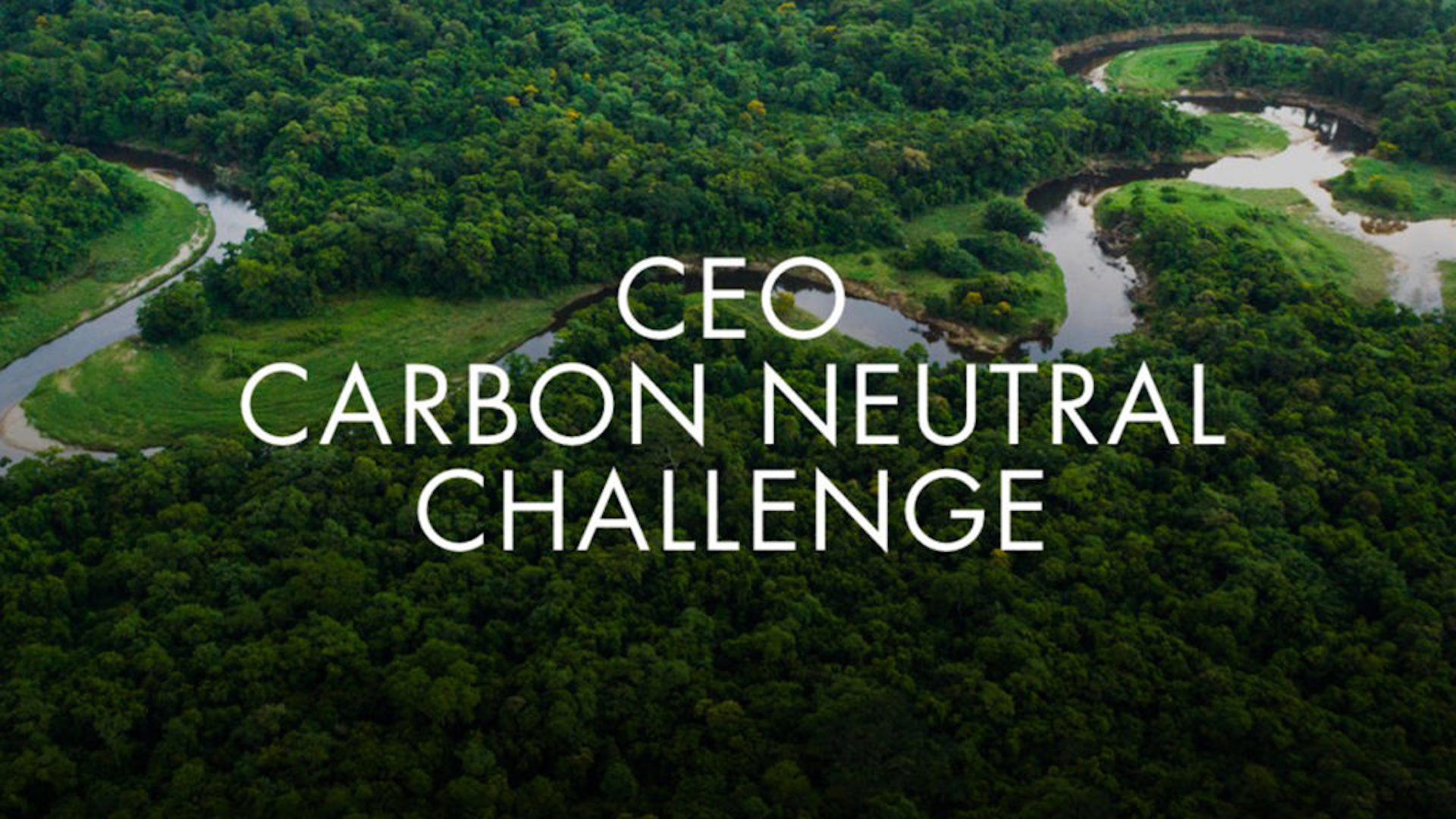

She holds up a white gas chamber that looks like an upside-down mixing bowl.ĪBIGAIL BAXTER: We have these little set-sized collars that we put into the soil, and then that sits right on top of it.ĬOHEN: Figuring out just how much carbon dioxide healthy soil can store is tricky. Department of Agriculture greenhouse in Kimberly, Idaho, Abigail Baxter is researching how practices like Heward's could help the climate. Heward has also planted triticale as a cover crop to blanket his fields all winter, which he says prevents water and wind erosion. HEWARD: If we can get across the field in one pass and get the same result, then we're winning.ĬOHEN: It saves about $50 an acre, maybe even more with high fuel costs. It also saves Heward money because it means fewer drives in his tractor. Healthy soil can absorb and hold on to a lot more carbon dioxide than if it's overworked by agriculture. It drives the seeds into the ground more gently versus a tiller that digs it up about a foot deep first. KURT HEWARD: And when I can just step on that shovel, put it down all the way in there easy, and I can pull it out without all this work, it just makes me happy.ĬOHEN: Heward will use a no-till planter on this field, just like he's done the past few years. He jumps out of his truck to admire the soil.

RACHEL COHEN, BYLINE: It's a few weeks before Kurt Heward will plant corn to feed his company's dairy cows in southern Idaho. Rachel Cohen from member station Boise State Public Radio reports. A new research project from the dairy industry aims to bring that number down. The country's dairy habit now accounts for about 2% of U.S. America's dairy consumption has been rising for decades and so has the carbon footprint. Ice cream, butter and yogurt sales are up in the U.S.


 0 kommentar(er)
0 kommentar(er)
